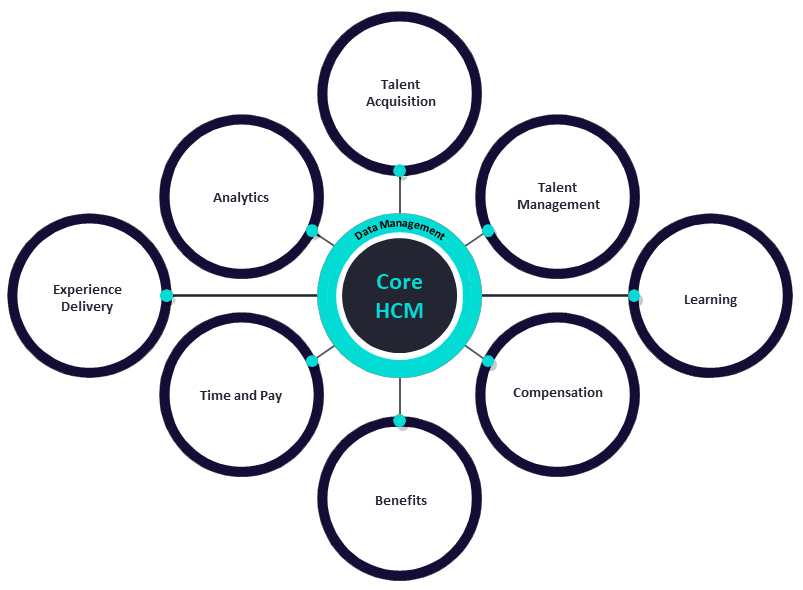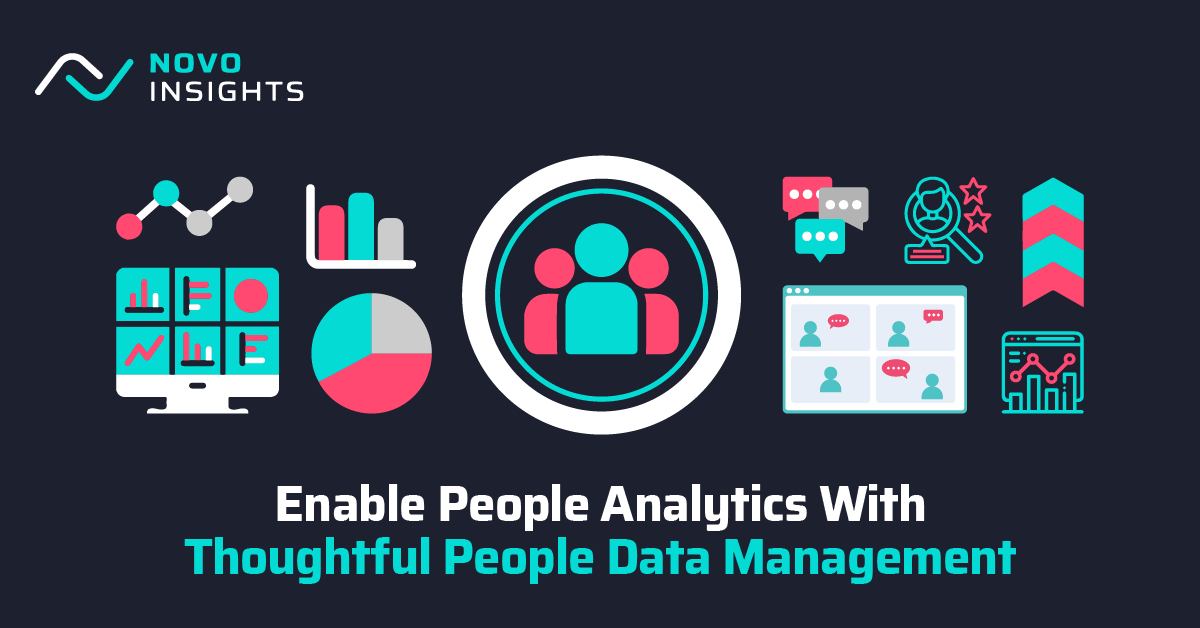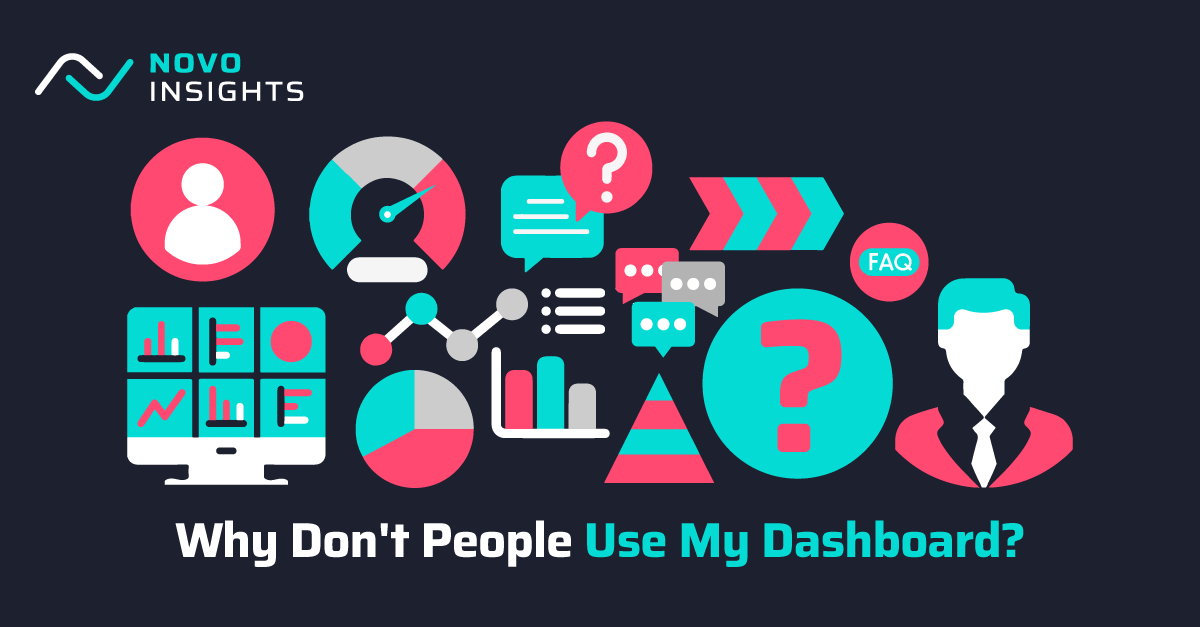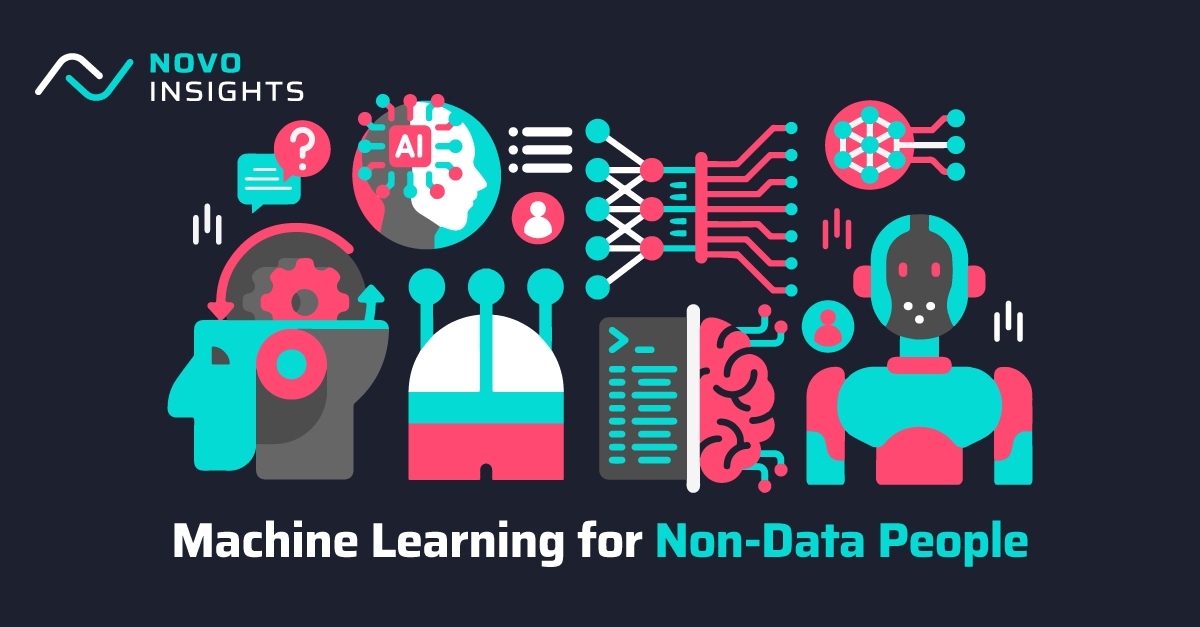The journey to great people analytics starts with good data
More than ever before, People strategies are powered by technology. Over the past several years, an explosion of HR technology has occurred as organizations look to transform HR delivery and People experience. Venture capital has sprinkled billions (yes, with a “B”) into the HR space for several years, as a plethora of new and evolved SaaS tools cover the HR landscape.
At the same time as technology was exploding across the various HR domains, the People Analytics discipline was rising in prominence. Organizations started to – and continue to – realize the promise of using People Analytics to identify and address business challenges.
But as HR tech explodes and multiple point solutions are implemented across domains, your HR data becomes shrapnel. In order to realize the value of the data contained within your various HR programs, that data needs to come back together to create a holistic view of the employee and organization context. Increasingly, that context needs to include external, non-HR data as well. As such, crafting an People data management strategy – inclusive of people, processes, and technology – is now a requirement.
The HR Technology Ecosystem

A People Data Strategy is about more than integration. Integration systems are oriented to move data from one system to another. Data Management is broader than that, as it must also include the modeling of data (architecture, validation, and metric creation) and the storage of data (security, governance, access).
Even the most robust HCM systems often struggle to produce analytics-ready data, as those systems are optimized for transactional work and/or efficient processing experiences. To enable modern People Analytics, a strategy to manage even core HCM data is needed – and it’s not as simple as extracting periodic snapshots.
Recommended Resource
Novo Insights recommends this white paper, created by OneModel, which explains and illustrates how the People Data Framework evolves as a People Analytics function matures. Notably, the “First Builder” archetype is not a complex technical data strategy: it’s about people using common tools to create value from People data. Over time, the organization sees enough value to invest in better tools to enable the Data Management strategy.
Conclusion
As you begin your People Analytics journey, you must begin with a view into how a wholistic view of People data can be utilized. Creating a thoughtful model of how different tools and programs generate and share data is the first step to addressing broader business challenges through People Analytics.




